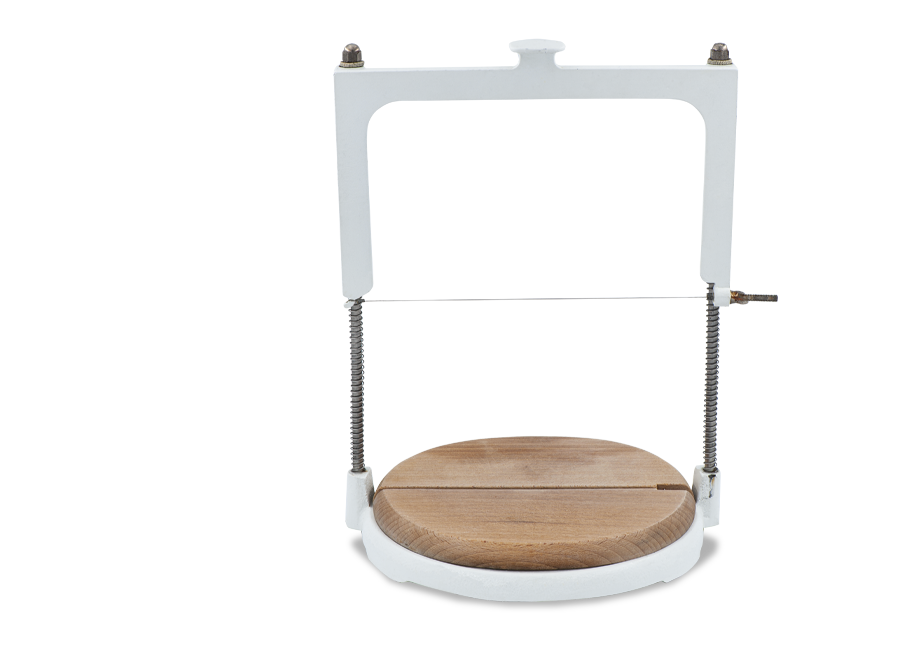Roquefort
news
Let’s stay connected !
They love it
Join the Roquefort community !
La Newsletter
Suivez toute l’actualité du Roquefort chez vous !


Confédération Générale des Producteurs de Lait de brebis et des Industriels de Roquefort
depuis 1930
36 Avenue de la République
BP 40348 – 12103 MILLAU cedex
© Confédération Générale des producteurs de lait de brebis et des industriels de Roquefort – 2021



















